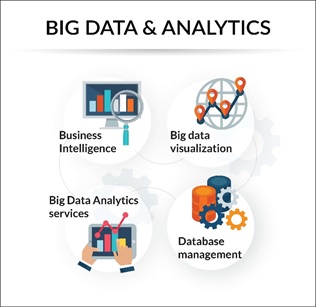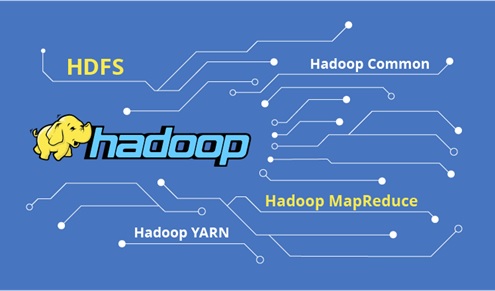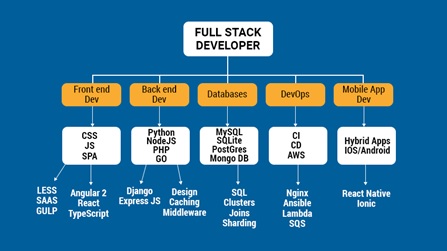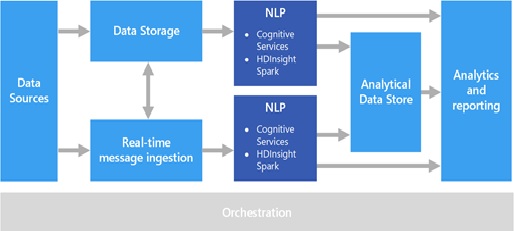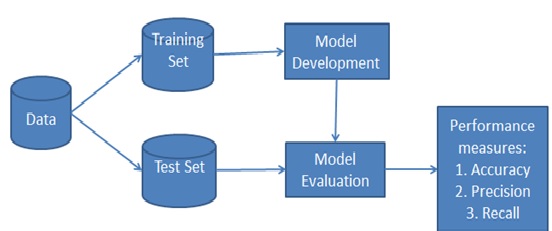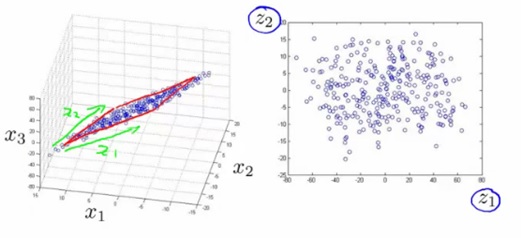Data Science in Modern Agriculture
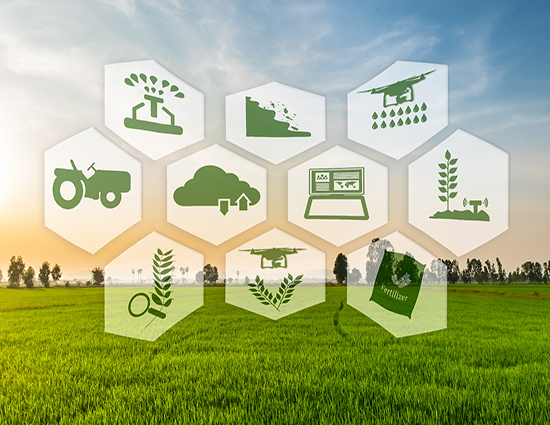
Agriculture is the backbone of the world economy, but the industry currently needs more support than any other. Over a billion people in population, out of which, over 78% of the population lives in the rural areas. With 60% of the country’s workforce, agriculture is a major industry and an influencer of the economy.
Data is the necessity for industries and hence, data science has a few applications. After revolutionizing industries like IT, Banking, Manufacture, Finance, Healthcare, and many more, it is all set to benefit the agriculture industry.
Data science is changing the way farmers and agricultural professionals have been making decisions. Modern technology has made it possible to collect data of soil, water, and minerals from farms, and store them in a centralized system, popularly known as the Internet of Things (IoT).
IoT refers to the idea of connecting interrelated devices to the Internet so that they can share and exchange data independently. Such data can be combined with data from external sources such as satellites, weather stations and even data from neighbouring farms to form a bigger volume.
Data analytics can be used in the accumulated bulk to obtain information which can be used by farmers to optimize their farming. Farmers can thus make smart farming decisions using that information throughout the production cycle; from planning, plantation, harvesting, all the way to its marketability.
Agriculture has prevailed since the dawn of human civilization as a society. It had always been a labour-intensive task rear crops and animals. Farming has undergone a lot of changes with regards to methods, tools, and machinery. A lot of research and development has been done to bring agriculture to the present stage, and it is still in the phase of continuous improvement.
One of the major issues faced in the implementation of data science is that the agriculture industry is not readily welcoming change. Farmers are very skeptical about changing their farming methods because it is very costly to them if things go wrong. Shifting to digital methods of farming also requires a large investment, which only large-scale farmers can afford. Big companies can get return relatively quicker, as compared to smallholder farmers.
With the movement of the world towards digital agriculture, a lot of investment has been poured into it. Numerous research and development are going on to maximize the efficiency of farms. Incorporating new technology will escalate the yields of both small- and large-scale farms. New trends in farming by including data science and analytics will revolutionize the agriculture industry; producing higher-quality foods in a larger quantity sustainably so that the global target of increasing food production by 70% will be met by 2050.




